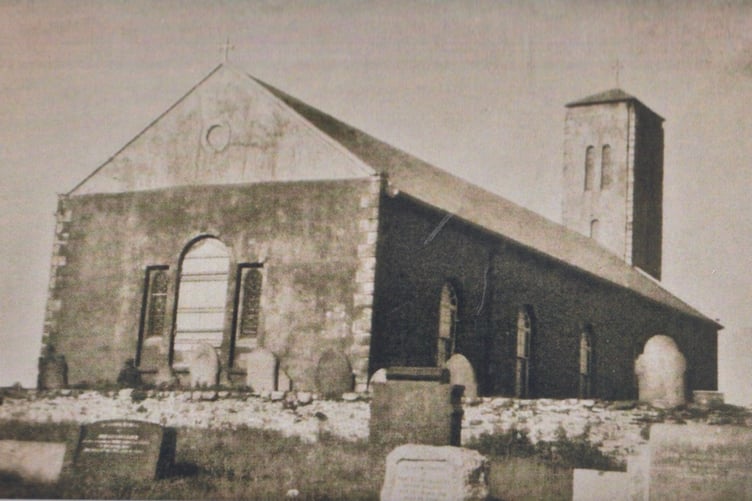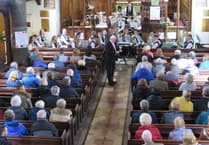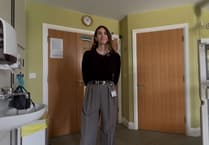A new exhibition currently open at Jurby Church looks to offer a detailed perspective of life in the parish during 1945.
1945 was a pivotal year shaped by World War Two and its immediate aftermath, with the exhibition capturing the profound impact of the parish’s RAF station on the community, its wartime role and its long-term influence on the area.
Established just before the outbreak of World War Two, RAF Jurby brought significant change to the area.
In the 1930s, Jurby was a small and declining community with a population of around 350, but by the end of the war in 1945, that number had grown to approximately 900 due largely to the station’s operation and related activity.
A key moment featured in the exhibition is a speech given by Mrs Taylor, chairman of the Isle of Man Northern Rural District Nursing Association, shortly before VE Day.
In her remarks, she highlights how the Isle of Man had been spared the direct horrors of war, serving instead as a refuge and a vital training base for more than 10,000 airmen at RAF Jurby and RAF Andreas.
Among the artefacts on display is a handmade calendar from January 1945, made from brown paper and a magazine clipping, symbolising the hope for peace that would eventually arrive five months later.
A particularly dramatic event from that year was the emergency landing of a Royal Canadian Air Force Sunderland flying boat at RAF Jurby on May 20, just days after VE Day.
The aircraft, damaged after hitting terrain in the Mourne Mountains in Northern Ireland during a patrol mission, made a successful emergency landing at Jurby.
All 11 crew members escaped before the aircraft exploded, causing widespread damage across the base and nearby buildings, including Jurby Church.
The incident is detailed in ‘It’s Better to be Born Lucky than Rich’, a booklet written by crew member George Washington.
Talking about the booklet, a spokesperson from Jurby Church said: ‘It was one of the most dramatic accidents, and certainly the most miraculous one.
‘The weather was bad, there was no visibility and they relied on an early model radar which proved ineffectual as the Sunderland hit land in the Mourne Mountains, ripping off the bottom of the hull.’
The booklet is available for purchase at Jurby Church, with proceeds supporting the restoration of the church tower and west side.
Later in 1945, King George VI and Queen Elizabeth visited Jurby to inspect RAF personnel before presiding over Tynwald for the first time.
That same year, Deemster Farrant secured permission for Professor Gerhard Bersu, a German archaeologist interned during the war, to excavate the Viking burial site at Cronk Moar.
The dig unearthed significant artefacts including a sword, shield fragments, and textiles, which are all also displayed in the exhibition.
The exhibition at Jurby Church is open from 1pm to 4pm every day until Wednesday, July 2.
It is also set to return later in the year, with a date for this yet to be confirmed.




